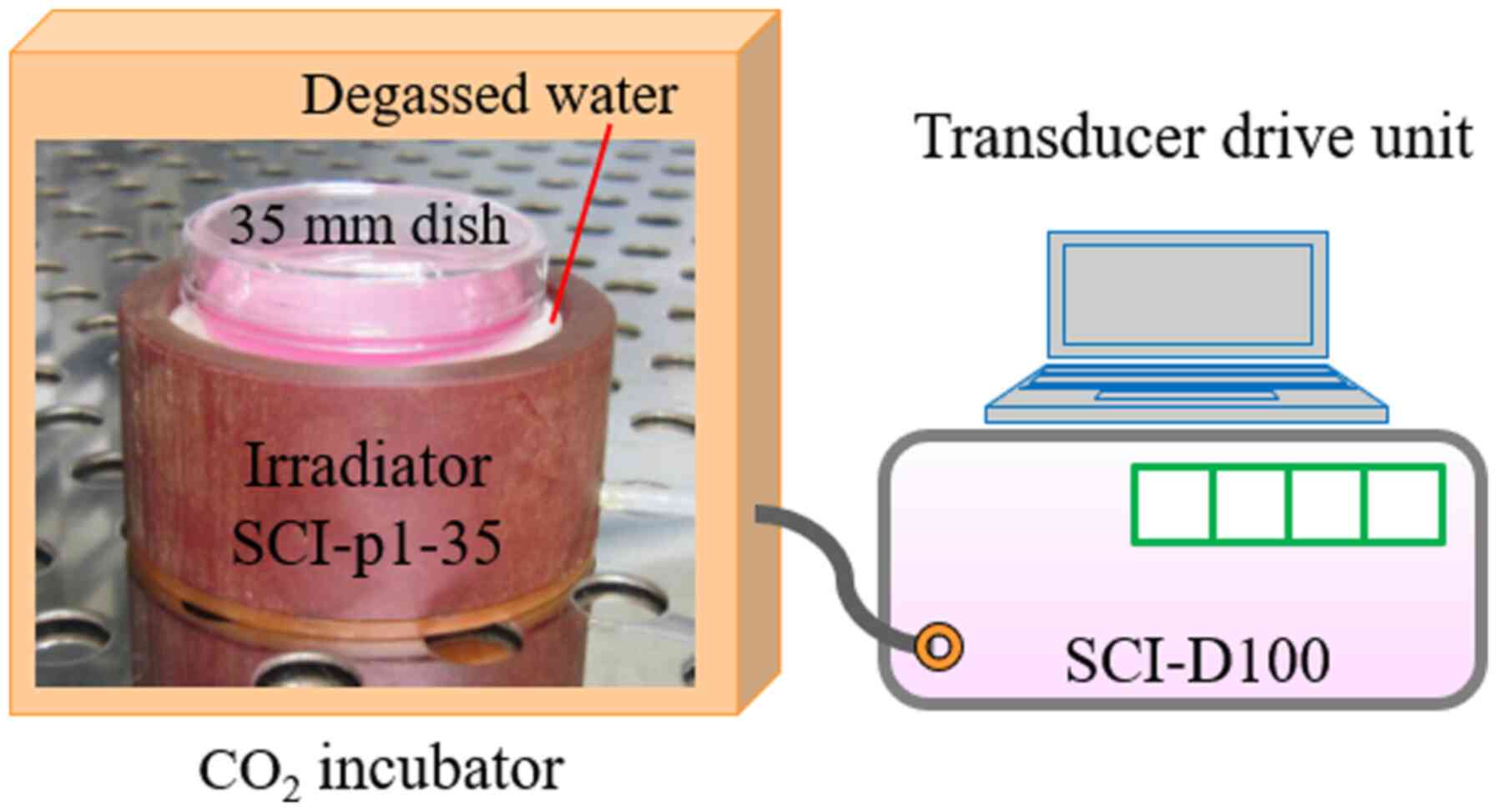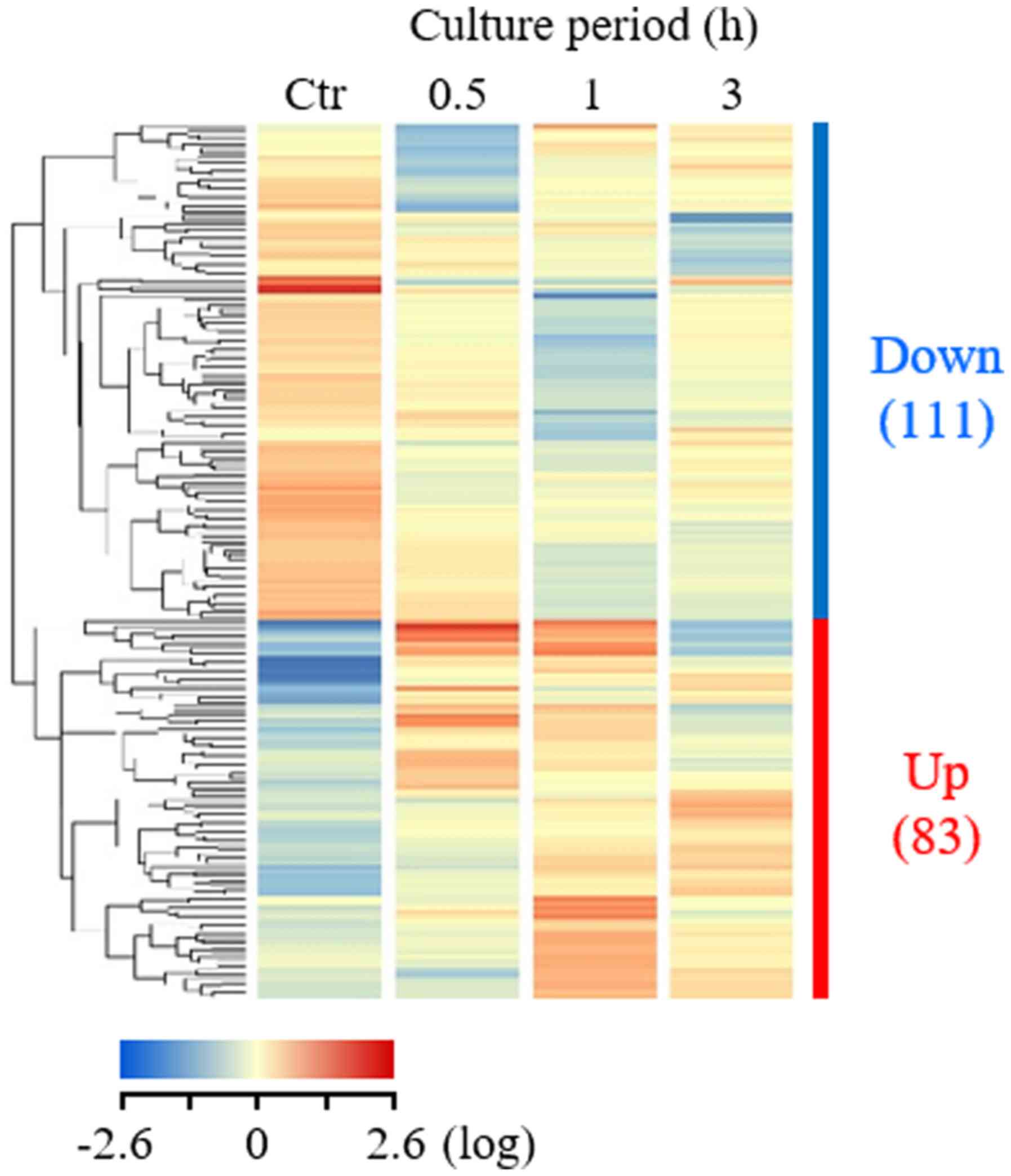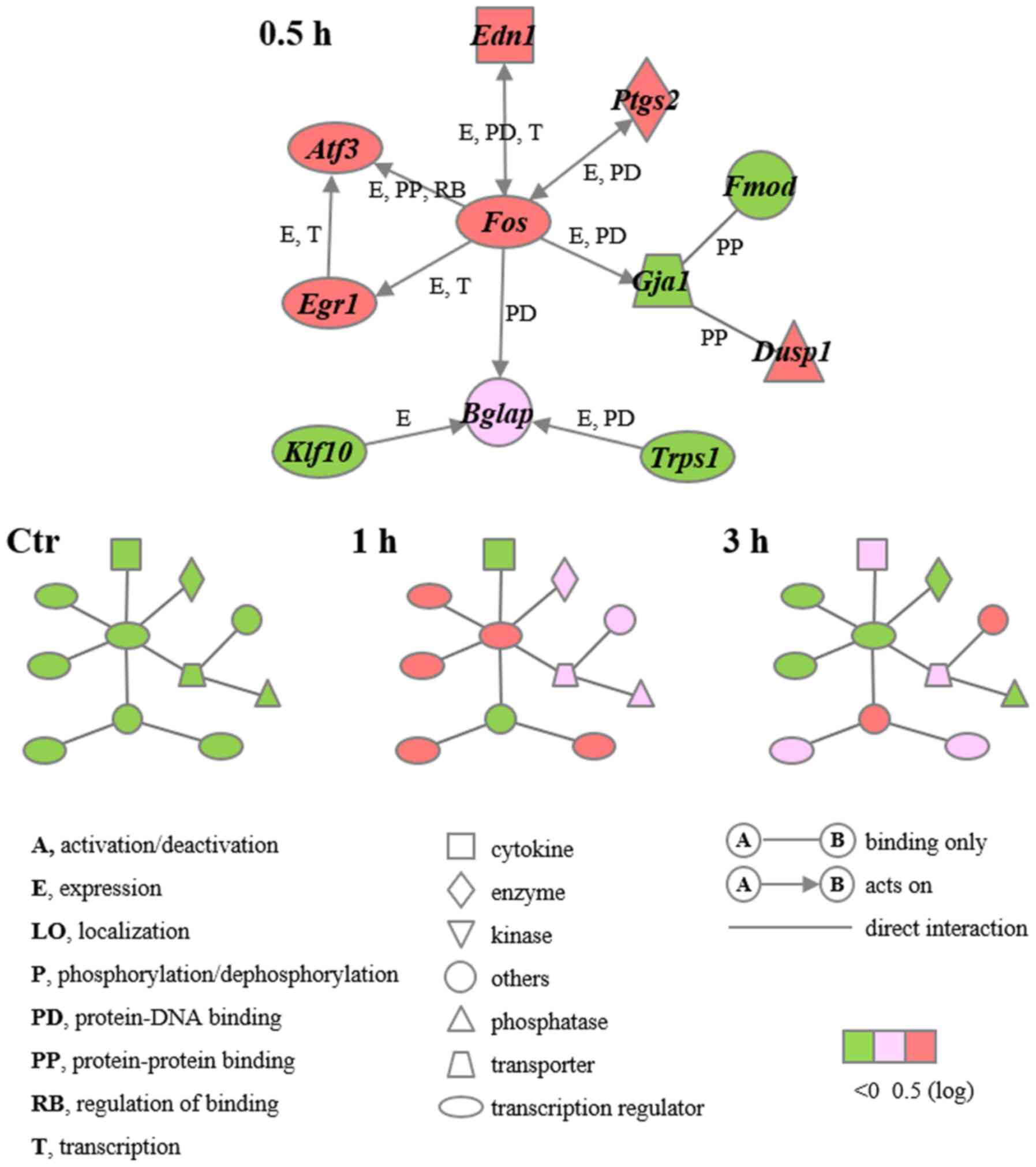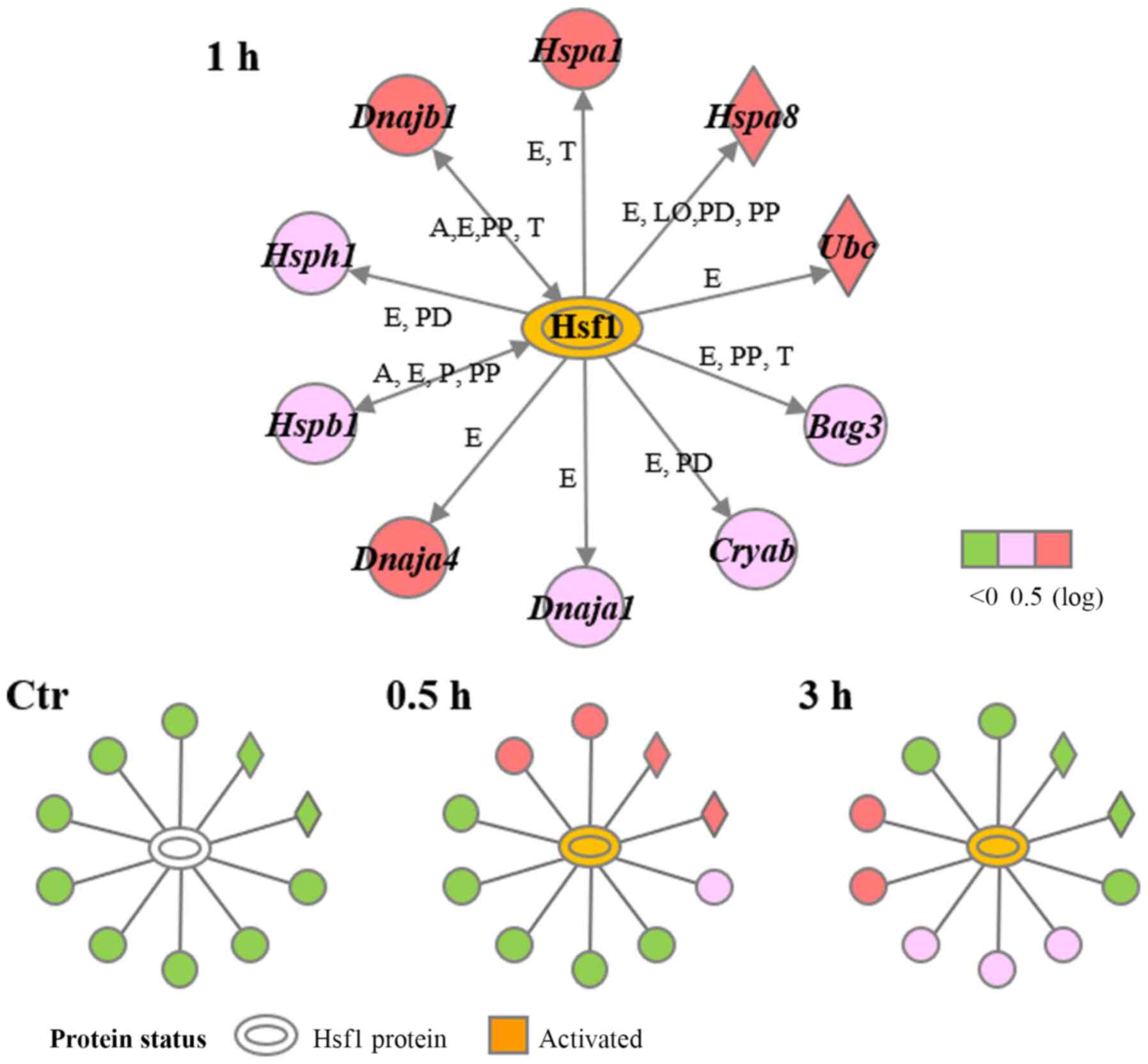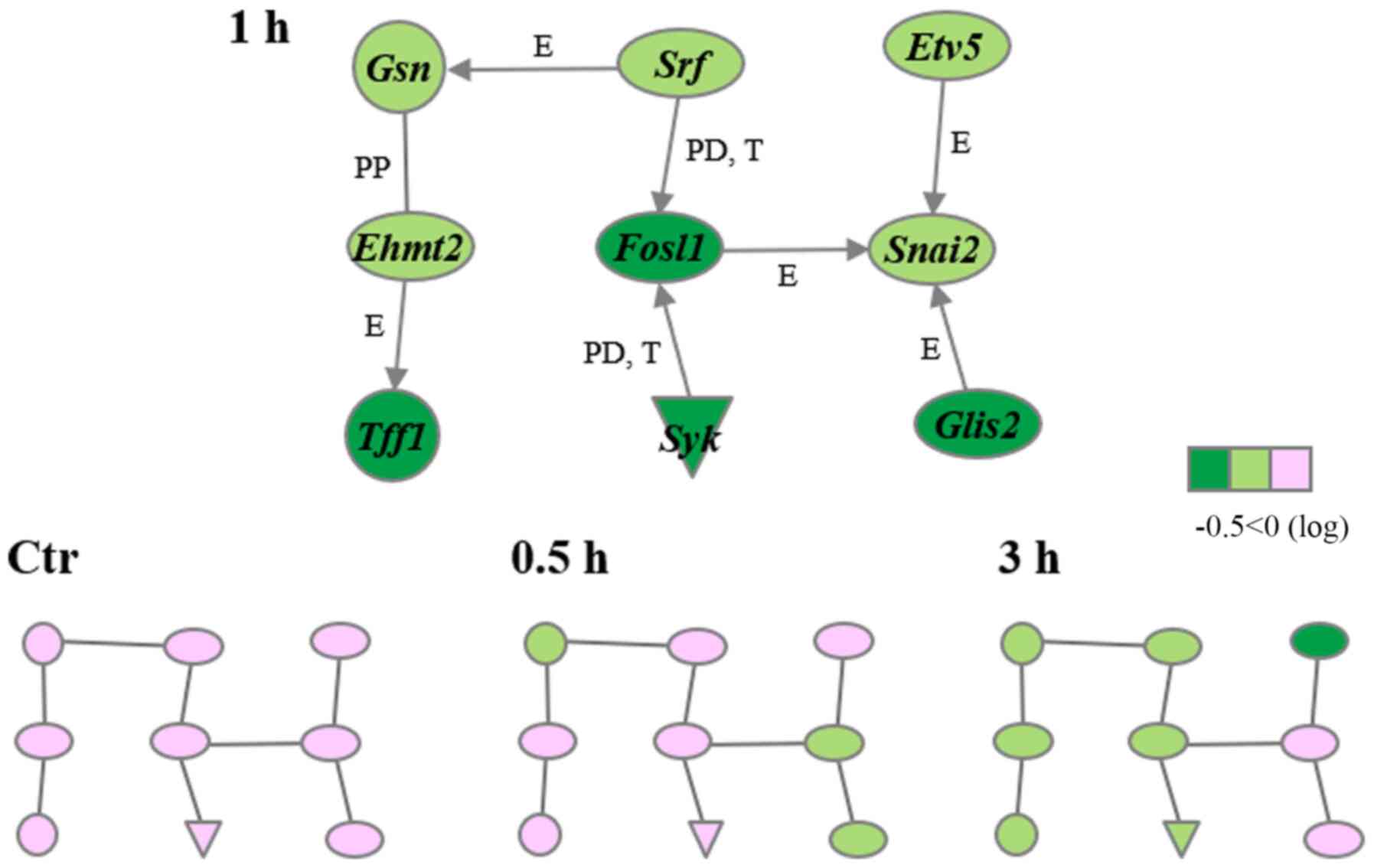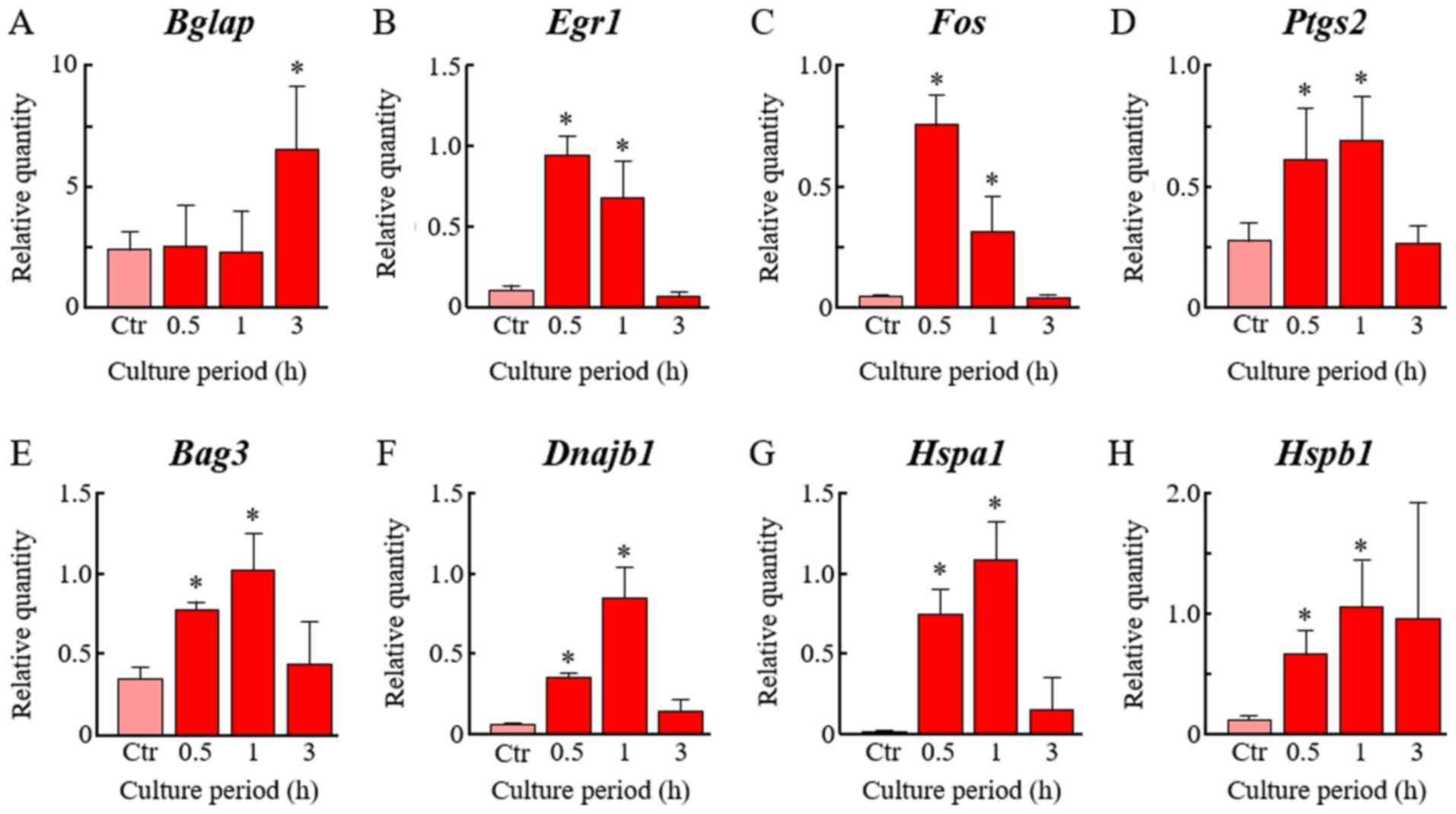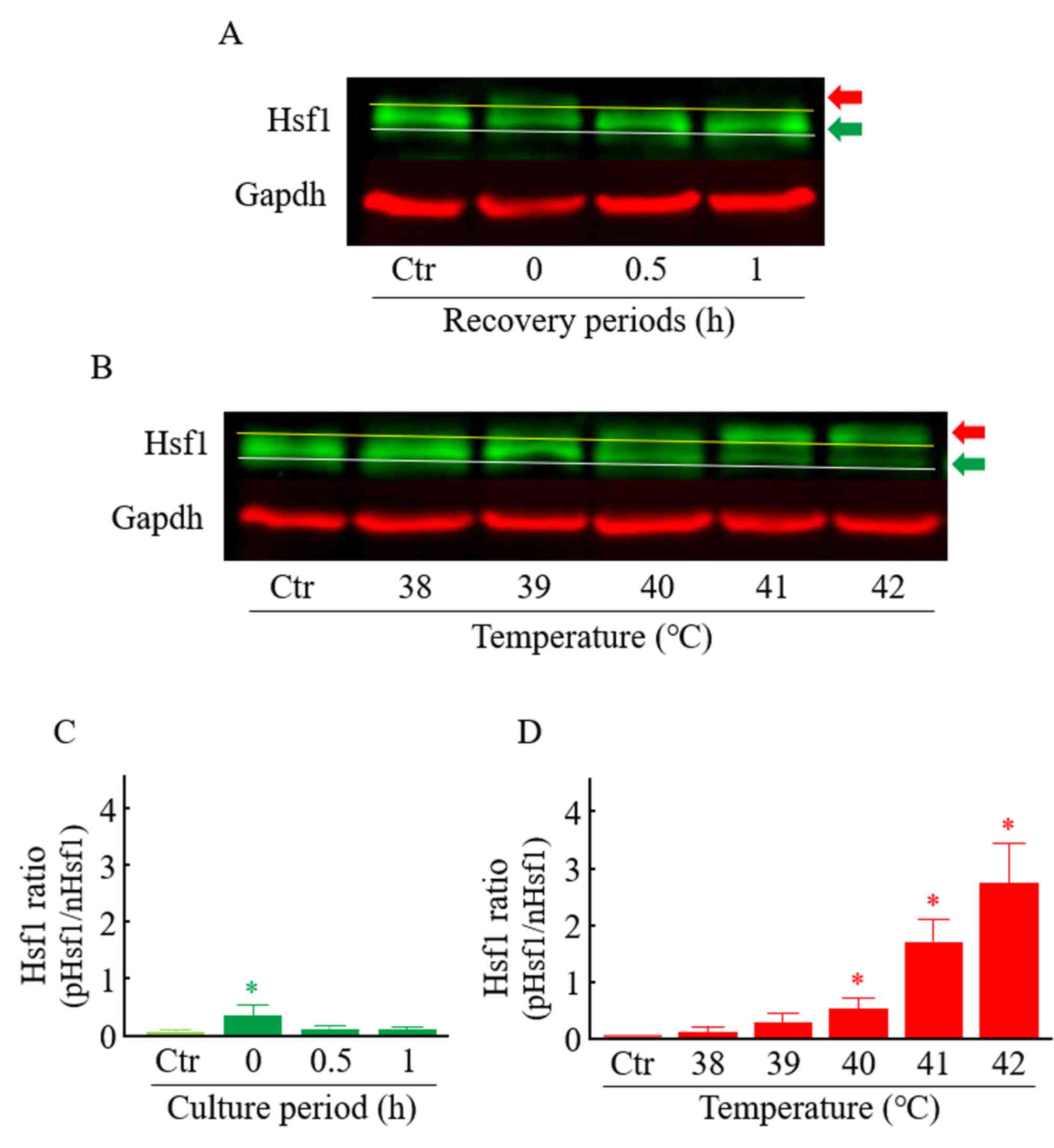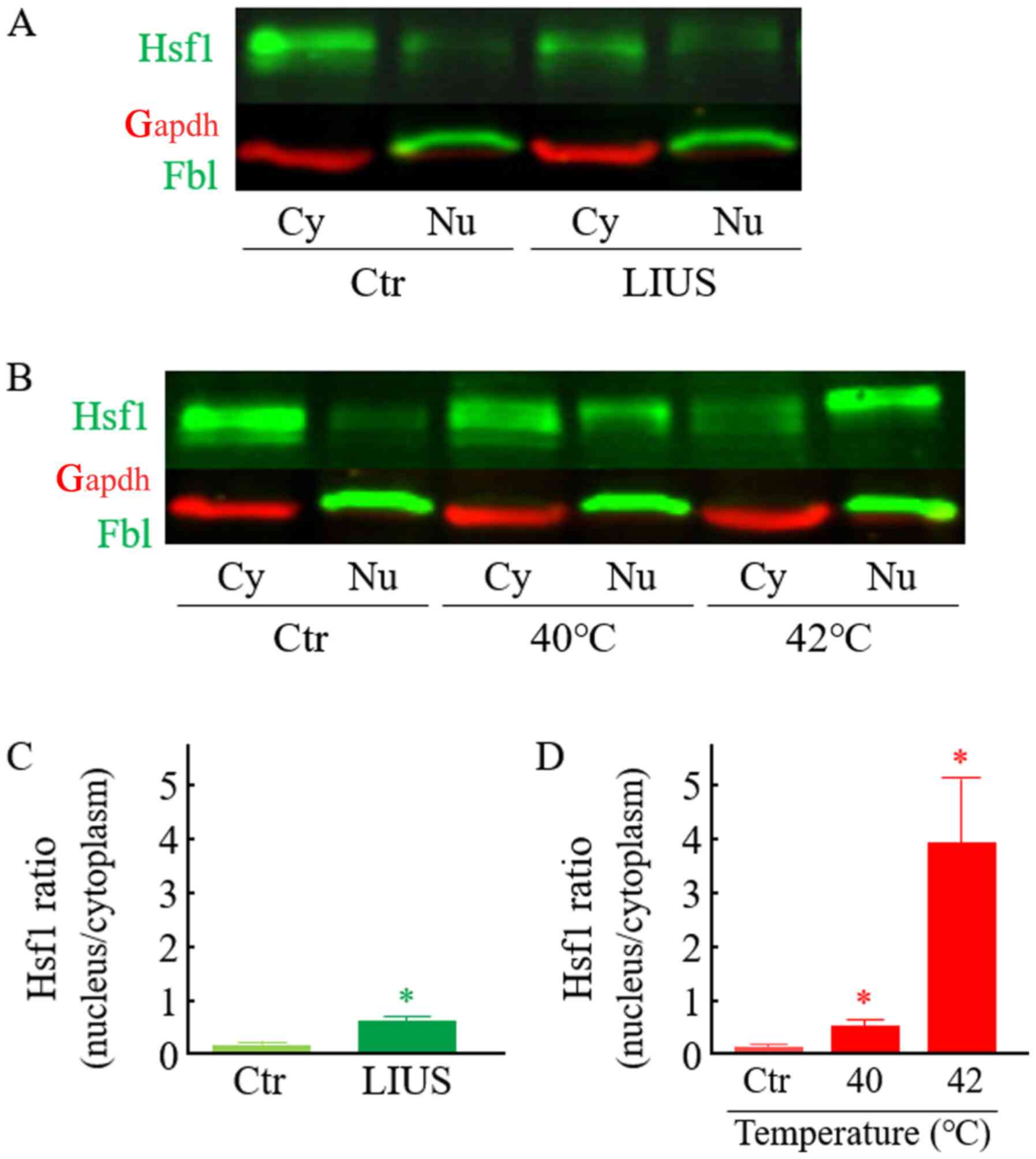|
1
|
Padilla F, Puts R, Vico L and Raum K:
Stimulation of bone repair with ultrasound: A review of the
possible mechanic effects. Ultrasonics. 54:1125–1145. 2014.
View Article : Google Scholar : PubMed/NCBI
|
|
2
|
Harrison A, Lin S, Pounder N and
Mikuni-Takagaki Y: Mode & mechanism of low intensity pulsed
ultrasound (LIPUS) in fracture repair. Ultrasonics. 70:45–52. 2016.
View Article : Google Scholar : PubMed/NCBI
|
|
3
|
Duarte LR: The stimulation of bone growth
by ultrasound. Arch Orthop Trauma Surg. 101:153–159. 1983.
View Article : Google Scholar : PubMed/NCBI
|
|
4
|
Azuma Y, Ito M, Harada Y, Takagi H, Ohta T
and Jingushi S: Low-intensity pulsed ultrasound accelerates rat
femoral fracture healing by acting on the various cellular
reactions in the fracture callus. J Bone Miner Res. 16:671–680.
2001. View Article : Google Scholar : PubMed/NCBI
|
|
5
|
Hidaka K, Mikuni-Takagaki Y,
Wada-Takahashi S, Saita M, Kawamata R, Sato T, Kawata A, Miyamoto
C, Maehata Y, Watabe H, et al: Low intensity pulsed ultrasound
prevents development of bisphosphonate related osteonecrosis of the
jaw like pathophysiology in a rat model. Ultrasound Med Biol.
45:1721–1732. 2019. View Article : Google Scholar : PubMed/NCBI
|
|
6
|
Sun L, Sun S, Zhao X, Zhang J, Guo J, Tang
L and Ta D: Inhibition of myostatin signal pathway may be involved
in low-intensity pulsed ultrasound promoting bone healing. J Med
Ultrason (2001). 46:377–388. 2019. View Article : Google Scholar : PubMed/NCBI
|
|
7
|
Heckman JD, Ryaby JP, McCabe J, Frey JJ
and Kilcoyne RF: Acceleration of tibial fracture-healing by
non-invasive, low-intensity pulsed ultrasound. J Bone Joint Surg
Am. 76:26–34. 1994. View Article : Google Scholar : PubMed/NCBI
|
|
8
|
Kristiansen TK, Ryaby JP, McCabe J, Frey
JJ and Roe LR: Accelerated healing of distal radial fractures with
the use of specific, low-intensity ultrasound. A multicenter,
prospective, randomized, double-blind, placebo-controlled study. J
Bone Joint Surg Am. 79:961–973. 1997. View Article : Google Scholar : PubMed/NCBI
|
|
9
|
Naruse K, Mikuni-Takagaki Y, Azuma Y, Ito
M, Oota T, Kameyama K and Itoman M: Anabolic response of mouse
bone-marrow-derived stromal cell clone ST2 cells to low-intensity
pulsed ultrasound. Biochem Biophys Res Commun. 268:216–220. 2000.
View Article : Google Scholar : PubMed/NCBI
|
|
10
|
Naruse K, Miyauchi A, Itoman M and
Mikuni-Takagaki Y: Distinct anabolic response of osteoblast to
low-intensity pulsed ultrasound. J Bone Miner Res. 18:360–369.
2003. View Article : Google Scholar : PubMed/NCBI
|
|
11
|
Sena K, Leven RM, Mazhar K, Sumner DR and
Virdi AS: Early gene response to low-intensity pulsed ultrasound in
rat osteoblastic cells. Ultrasound Med Biol. 31:703–708. 2005.
View Article : Google Scholar : PubMed/NCBI
|
|
12
|
Louw TM, Budhiraja G, Viljoen HJ and
Subramanian A: Mechanotransduction of ultrasound is frequency
dependent below the cavitation threshold. Ultrasound Med Biol.
39:1303–1319. 2013. View Article : Google Scholar : PubMed/NCBI
|
|
13
|
Tabuchi Y, Hasegawa H, Suzuki N, Furusawa
Y, Hirano T, Nagaoka R, Takeuchi SI, Shiiba M and Mochizuki T:
Low-intensity pulsed ultrasound promotes the expression of
immediate-early genes in mouse ST2 bone marrow stromal cells. J Med
Ultrason (2001). 47:193–201. 2020. View Article : Google Scholar : PubMed/NCBI
|
|
14
|
Tang CH, Yang RS, Huang TH, Lu DY, Chuang
WJ, Huang TF and Fu WM: Ultrasound stimulates cyclooxygenase-2
expression and increases bone formation through integrin, focal
adhesion kinase, phosphatidylinositol 3-kinase, and Akt pathway in
osteoblasts. Mol Pharmacol. 69:2047–2057. 2006. View Article : Google Scholar : PubMed/NCBI
|
|
15
|
Costa V, Carina V, Fontana S, De Luca A,
Monteleone F, Pagani S, Sartori M, Setti S, Faldini C, Alessandro
R, et al: Osteogenic commitment and differentiation of human
mesenchymal stem cells by low-intensity pulsed ultrasound
stimulation. J Cell Physiol. 233:1558–1573. 2018. View Article : Google Scholar : PubMed/NCBI
|
|
16
|
Zhang Z, Ma Y, Guo S, He Y, Bai G and
Zhang W: Low-intensity pulsed ultrasound stimulation facilitates in
vitro osteogenic differentiation of human adipose-derived stem
cells via up-regulation of heat shock protein (HSP)70, HSP90, and
bone morphogenetic protein (BMP) signaling pathway. Biosci Rep.
38:BSR201800872018. View Article : Google Scholar : PubMed/NCBI
|
|
17
|
Su Z, Xu T, Wang Y, Guo X, Tu J, Zhang D,
Kong X, Sheng Y and Sun W: Low intensity pulsed ultrasound promotes
apoptosis and inhibits angiogenesis via p38 signaling mediated
endoplasmic reticulum stress in human endothelial cells. Mol Med
Rep. 19:4645–4654. 2019.PubMed/NCBI
|
|
18
|
Leskinen JJ, Karjalainen HM, Olkku A,
Hynynen K, Mahonen A and Lammi MJ: Genome-wide microarray analysis
of MG-63 osteoblastic cells exposed to ultrasound. Biorheology.
45:345–354. 2008. View Article : Google Scholar : PubMed/NCBI
|
|
19
|
Kobayashi Y, Sakai D, Iwashina T, Iwabuchi
S and Mochida J: Low-intensity pulsed ultrasound stimulates cell
proliferation, proteoglycan synthesis and expression of growth
factor-related genes in human nucleus pulposus cell line. Eur Cell
Mater. 17:15–22. 2009.PubMed/NCBI
|
|
20
|
Lu H, Qin L, Lee K, Cheung W, Chan K and
Leung K: Identification of genes responsive to low-intensity pulsed
ultrasound stimulations. Biochem Biophys Res Commun. 378:569–573.
2009. View Article : Google Scholar : PubMed/NCBI
|
|
21
|
Tabuchi Y, Sugahara Y, Ikegame M, Suzuki
N, Kitamura K and Kondo T: Genes responsive to low-intensity pulsed
ultrasound in MC3T3-E1 preosteoblast cells. Int J Mol Sci.
14:22721–22740. 2013. View Article : Google Scholar : PubMed/NCBI
|
|
22
|
Tabuchi Y, Ando H, Takasaki I, Feril LB
Jr, Zhao QL, Ogawa R, Kudo N, Tachibana K and Kondo T:
Identification of genes responsive to low intensity pulsed
ultrasound in a human leukemia cell line Molt-4. Cancer Lett.
246:149–156. 2007. View Article : Google Scholar : PubMed/NCBI
|
|
23
|
Tabuchi Y, Takasaki I, Zhao QL, Wada S,
Hori T, Feril LB Jr, Tachibana K, Nomura T and Kondo T: Genetic
networks responsive to low-intensity pulsed ultrasound in human
lymphoma U937 cells. Cancer Lett. 270:286–294. 2008. View Article : Google Scholar : PubMed/NCBI
|
|
24
|
Bahrami S and Drabløs F: Gene regulation
in the immediate-early response process. Adv Biol Regul. 62:37–49.
2016. View Article : Google Scholar : PubMed/NCBI
|
|
25
|
Wagner EF and Eferl R: Fos/AP-1 proteins
in bone and the immune system. Immunol Rev. 208:126–140. 2005.
View Article : Google Scholar : PubMed/NCBI
|
|
26
|
Tabuchi Y, Maekawa K, Torigoe M, Furusawa
Y, Hirano T, Minagawa S, Yunoki T and Hayashi A: HIKESHI silencing
can enhance mild hyperthermia sensitivity in human oral squamous
cell carcinoma HSC-3 cells. Int J Mol Med. 46:58–66. 2020.
View Article : Google Scholar : PubMed/NCBI
|
|
27
|
Furusawa Y, Yamamoto T, Hattori A, Suzuki
N, Hirayama J, Sekiguchi T and Tabuchi Y: De novo transcriptome
analysis and gene expression profiling of fish scales isolated from
Carassius auratus during space flight: Impact of melatonin
on gene expression in response to space radiation. Mol Med Rep.
22:2627–2636. 2020.PubMed/NCBI
|
|
28
|
Sarge KD, Murphy SP and Morimoto RI:
Activation of heat shock gene transcription by heat shock factor 1
involves oligomerization, acquisition of DNA-binding activity, and
nuclear localization and can occur in the absence of stress. Mol
Cell Biol. 13:1392–1407. 1993. View Article : Google Scholar : PubMed/NCBI
|
|
29
|
Cenci S, Weitzmann MN, Gentile MA, Aisa MC
and Pacifici R: M-CSF neutralization and egr-1 deficiency prevent
ovariectomy-induced bone loss. J Clin Invest. 105:1279–1287. 2000.
View Article : Google Scholar : PubMed/NCBI
|
|
30
|
Demiralp B, Chen HL, Koh AJ, Keller ET and
McCauley LK: Anabolic actions of parathyroid hormone during bone
growth are dependent on c-fos. Endocrinology. 143:4038–4047. 2002.
View Article : Google Scholar : PubMed/NCBI
|
|
31
|
Choudhary S, Halbout P, Alander C, Raisz L
and Pilbeam C: Strontium ranelate promotes osteoblastic
differentiation and mineralization of murine bone marrow stromal
cells: Involvement of prostaglandins. J Bone Miner Res.
22:1002–1010. 2007. View Article : Google Scholar : PubMed/NCBI
|
|
32
|
Paredes R, Arriagada G, Cruzat F, Villagra
A, Olate J, Zaidi K, van Wijnen A, Lian JB, Stein GS, Stein JL, et
al: Bone-specific transcription factor Runx2 interacts with the
1alpha,25-dihydroxyvitamin D3 receptor to up-regulate rat
osteocalcin gene expression in osteoblastic cells. Mol Cell Biol.
24:8847–8861. 2004. View Article : Google Scholar : PubMed/NCBI
|
|
33
|
Salama M, Andrukhova O, Jaksch P, Taghavi
S, Kelpetko W, Dekan G and Aharinejad S: Endothelin-1 governs
proliferation and migration of bronchoalveolar lavage-derived lung
mesenchymal stem cells in bronchiolitis obliterans syndrome.
Transplantation. 92:155–162. 2011. View Article : Google Scholar : PubMed/NCBI
|
|
34
|
Hashida Y, Nakahama K, Shimizu K, Akiyama
M, Harada K and Morita I: Communication-dependent mineralization of
osteoblasts via gap junctions. Bone. 61:19–26. 2014. View Article : Google Scholar : PubMed/NCBI
|
|
35
|
Owen TA, Bortell R, Yocum SA, Smock SL,
Zhang M, Abate C, Shalhoub V, Aronin N, Wright KL and van Wijnen
AJ: Coordinate occupancy of AP-1 sites in the vitamin D-responsive
and CCAAT box elements by Fos-Jun in the osteocalcin gene: Model
for phenotype suppression of transcription. Proc Natl Acad Sci USA.
87:9990–9994. 1990. View Article : Google Scholar : PubMed/NCBI
|
|
36
|
Rodríguez-Pascual F, Redondo-Horcajo M and
Lamas S: Functional cooperation between Smad proteins and activator
protein-1 regulates transforming growth factor-beta-mediated
induction of endothelin-1 expression. Circ Res. 92:1288–1295. 2003.
View Article : Google Scholar : PubMed/NCBI
|
|
37
|
Johnston IM, Spence HJ, Winnie JN, McGarry
L, Vass JK, Meagher L, Stapleton G and Ozanne BW: Regulation of a
multigenic invasion programme by the transcription factor, AP-1:
Re-expression of a down-regulated gene, TSC-36, inhibits invasion.
Oncogene. 19:5348–5358. 2000. View Article : Google Scholar : PubMed/NCBI
|
|
38
|
Subbaramaiah K and Dannenberg AJ:
Cyclooxygenase-2 transcription is regulated by human papillomavirus
16 E6 and E7 oncoproteins: Evidence of a corepressor/coactivator
exchange. Cancer Res. 67:3976–3985. 2007. View Article : Google Scholar : PubMed/NCBI
|
|
39
|
Barna J, Csermely P and Vellai T: Roles of
heat shock factor 1 beyond the heat shock response. Cell Mol Life
Sci. 75:2897–2916. 2018. View Article : Google Scholar : PubMed/NCBI
|
|
40
|
Richter K, Haslbeck M and Buchner J: The
heat shock response: Life on the verge of death. Mol Cell.
40:253–266. 2010. View Article : Google Scholar : PubMed/NCBI
|
|
41
|
Hayashida N, Fujimoto M, Tan K, Prakasam
R, Shinkawa T, Li L, Ichikawa H, Takii R and Nakai A: Heat shock
factor 1 ameliorates proteotoxicity in cooperation with the
transcription factor NFAT. EMBO J. 29:3459–3469. 2010. View Article : Google Scholar : PubMed/NCBI
|
|
42
|
Le Masson F, Razak Z, Kaigo M, Audouard C,
Charry C, Cooke H, Westwood JT and Christians ES: Identification of
heat shock factor 1 molecular and cellular targets during embryonic
and adult female meiosis. Mol Cell Biol. 31:3410–3423. 2011.
View Article : Google Scholar : PubMed/NCBI
|
|
43
|
Tanabe M, Nakai A, Kawazoe Y and Nagata K:
Different thresholds in the responses of two heat shock
transcription factors, HSF1 and HSF3. J Biol Chem. 272:15389–15395.
1997. View Article : Google Scholar : PubMed/NCBI
|
|
44
|
Tabuchi Y, Takasaki I, Wada S, Zhao QL,
Hori T, Nomura T, Ohtsuka K and Kondo T: Genes and genetic networks
responsive to mild hyperthermia in human lymphoma U937 cells. Int J
Hyperthermia. 24:613–622. 2008. View Article : Google Scholar : PubMed/NCBI
|
|
45
|
Spriggs KA, Bushell M and Willis AE:
Translational regulation of gene expression during conditions of
cell stress. Mol Cell. 40:228–237. 2010. View Article : Google Scholar : PubMed/NCBI
|
|
46
|
Degerny C, Monte D, Beaudoin C, Jaffray E,
Portois L, Hay RT, de Launoit Y and Baert JL: SUMO modification of
the Ets-related transcription factor ERM inhibits its
transcriptional activity. J Biol Chem. 280:24330–24338. 2005.
View Article : Google Scholar : PubMed/NCBI
|
|
47
|
Finzer P, Soto U, Delius H, Patzelt A, Coy
JF, Poustka A, zur Hausen H and Rösl F: Differential
transcriptional regulation of the monocyte-chemoattractant
protein-1 (MCP-1) gene in tumorigenic and non-tumorigenic HPV 18
positive cells: The role of the chromatin structure and AP-1
composition. Oncogene. 19:3235–3244. 2000. View Article : Google Scholar : PubMed/NCBI
|
|
48
|
Vasanth S, ZeRuth G, Kang HS and Jetten
AM: Identification of nuclear localization, DNA binding, and
transactivating mechanisms of Kruppel-like zinc finger protein
Gli-similar 2 (Glis2). J Biol Chem. 286:4749–4759. 2011. View Article : Google Scholar : PubMed/NCBI
|
|
49
|
Cordes KR, Sheehy NT, White MP, Berry EC,
Morton SU, Muth AN, Lee TH, Miano JM, Ivey KN and Srivastava D:
miR-145 and miR-143 regulate smooth muscle cell fate and
plasticity. Nature. 460:705–710. 2009. View Article : Google Scholar : PubMed/NCBI
|
|
50
|
Sirsi SR and Borden MA: Advances in
ultrasound mediated gene therapy using microbubble contrast agents.
Theranostics. 2:1208–1222. 2012. View Article : Google Scholar : PubMed/NCBI
|
|
51
|
Maloney E and Hwang JH: Emerging HIFU
applications in cancer therapy. Int J Hyperthermia. 31:302–309.
2015. View Article : Google Scholar : PubMed/NCBI
|
|
52
|
Boissenot T, Bordat A, Fattal E and Tsapis
N: Ultrasound-triggered drug delivery for cancer treatment using
drug delivery systems: From theoretical considerations to practical
applications. J Control Release. 241:144–163. 2016. View Article : Google Scholar : PubMed/NCBI
|
|
53
|
Lafond M, Yoshizawa S and Umemura SI:
Sonodynamic therapy: Advances and challenges in clinical
translation. J Ultrasound Med. 38:567–580. 2019. View Article : Google Scholar : PubMed/NCBI
|
|
54
|
Mikolajczyk A, Khosrawipour T, Kulas J,
Migdal P, Arafkas M, Nicpon J and Khosrawipour V: The structural
effect of high intensity ultrasound on peritoneal tissue: A
potential vehicle for targeting peritoneal metastases. BMC Cancer.
20:4812020. View Article : Google Scholar : PubMed/NCBI
|
|
55
|
Xia C, Zeng H and Zheng Y: Low-intensity
ultrasound enhances the antitumor effects of doxorubicin on
hepatocellular carcinoma cells through the ROS-miR-21-PTEN axis.
Mol Med Rep. 21:989–998. 2020.PubMed/NCBI
|
|
56
|
de Lucas B, Pérez LM, Bernal A and Gálvez
BG: Ultrasound therapy: Experiences and perspectives for
regenerative medicine. Genes (Basel). 11:E10862020. View Article : Google Scholar : PubMed/NCBI
|















